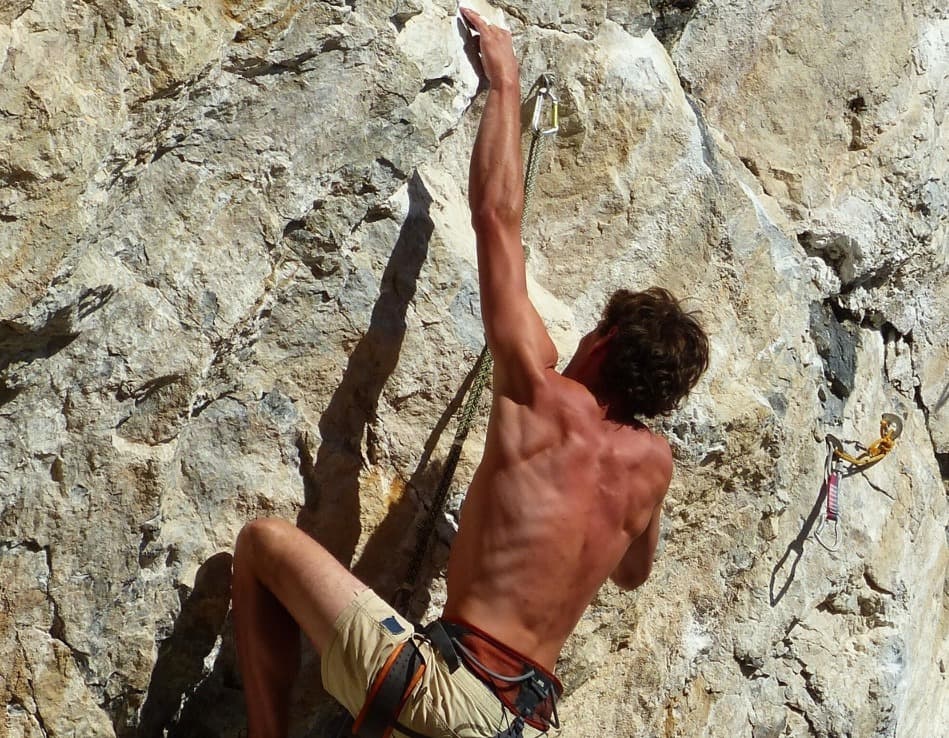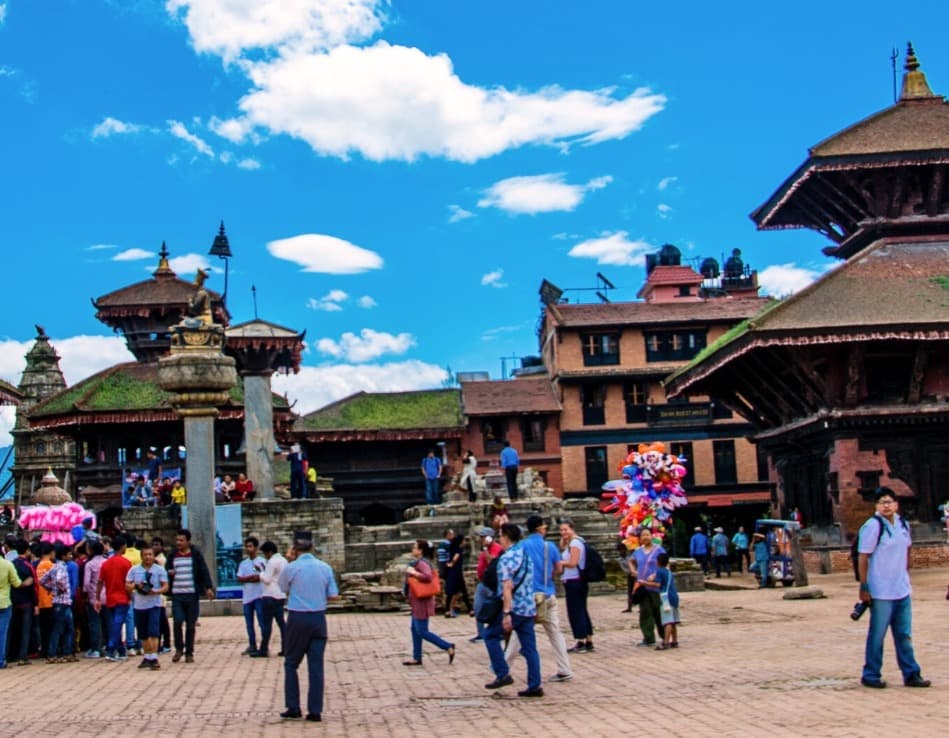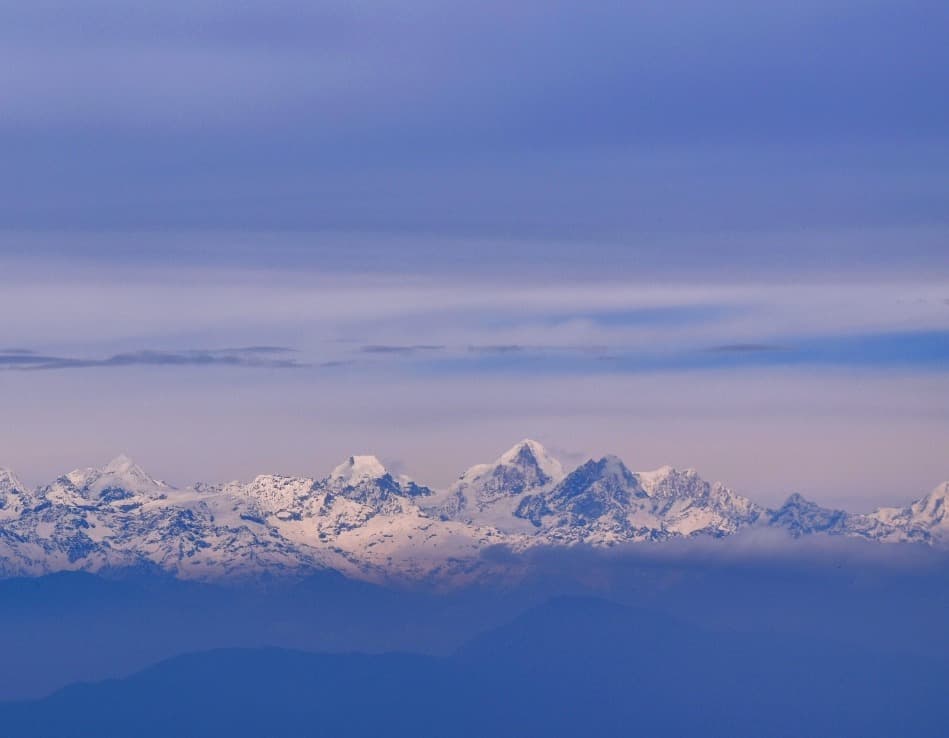It begins quietly. A gentle call from the hills surrounding Kathmandu, whispering of adventure and peace. This is no grand expedition, no weeks-long trek. It’s a short hike near Kathmandu to Chisapani and then to Nagarkot - just a few days; but in those days, the world transforms.
You start beneath the trees. The forest, alive with the scent of rhododendrons, wraps around you like a familiar embrace. Each step pulls you deeper into the heart of nature, away from the city's hum, into the arms of the Himalayas. And then, Chisapani. The Langtang range rises before you, white against the blue sky, as if the mountains themselves are holding their breath. It’s beauty you can feel.
The journey continues. You arrive in Nagarkot, where the Everest range waits like a secret revealed only to those who seek it. The sunset at Nagarkot? It doesn’t just fall-t paints the sky in fire and gold. You stand there, and for a moment, the world holds still.
This Kathmandu, Chisapani, and Nagarkot are short. But its memories? They will linger long after the mountains are out of sight.
Why Escape Himalaya for Chisapani and Nagarkot Hike?
At Escape Himalaya, we take pride in offering top-notch services to make sure every moment of your journey feels just right. Our carefully designed Nagarkot Chisapani Hiking Tour focuses on your satisfaction, while seamlessly blending the natural beauty and cultural essence of Nagarkot – all packed into a short, but fulfilling trip.
Top 7 Highlights of the Chisapani-Nagarkot Short Hike Near Kathmandu
- The Gateway Awaits: Step beyond the busy streets of Kathmandu into the embrace of the mountains. A short hike near Kathmandu, but a world apart.
- Shivapuri's Whispering Forests: Enter Shivapuri National Park, where ancient trees stand tall and nature quietly hums, surrounding you with peace.
- Chisapani’s Silent Splendor: As you reach Chisapani, the Langtang range unfolds before you; snowy peaks and sweeping valleys that stretch into the horizon.
- Villages of Tradition: Walk through villages where time stands still, with terraced fields and Tamang culture breathing life into every step.
- Everest on the Horizon: As you ascend to Nagarkot, Everest peeks from afar, a distant giant calling you closer, yet remaining elusive.
- Nagarkot's Golden Finale: Watch the sunset in Nagarkot, where the sky blazes in reds and golds, casting the Himalayas in a breathtaking glow.
- Sunrise Among Giants: End the journey with a Nagarkot sunrise, as the first light kisses the peaks of Everest, Annapurna, and Langtang, setting the sky and your heart on fire.
Route Overview for the Chisapani-Nagarkot Trek
Are you a bit confused about where to start the Chisapani to Nagarkot Trek from Kathmandu? Sundarijal, a small place just outside Kathmandu, and head into Shivapuri National Park. You’ll see big forests; oak, pine, and rhododendron—smell the flowers, and listen to birds singing. Along the way, we’ll pass through Mulkharka village, where you might spot friendly Tamang people working in their fields.
After a few hours of gentle climbing, we reach Chisapani village; it’s a quiet little village at the top. From here, you’ll see the Langtang and Ganesh Himal ranges—huge white mountains stretching across the sky. Sunset from Chisapani is something you won’t forget!
Next day, we hike to Nagarkot. The trail is peaceful, passing through forests, terraces, and small villages. Sometimes it’s uphill, but don’t worry, we go slow. On a clear day, you might even catch a glimpse of Mount Everest far away. When we reach Nagarkot, you’ll understand why people love it—the sunset over the Himalayas makes the sky look like a painting.
We wake up early in Nagarkot the next morning for the sunrise. Watching the first light hit the peaks; Everest, Langtang, Annapurna—it’s a moment that will stay with you. From there, it’s a gentle walk downhill to Changu Narayan Temple, through more forests and friendly villages. After a few hours, we take a car back to Kathmandu.







